If you’ve ever thought about starting a prepper pantry, you’ve probably run into some confusing (and sometimes scary) advice. Between TV shows and internet forums, it’s easy to feel like building a pantry is only for “doomsday preppers” or that you need thousands of dollars to even start.
The truth? Most of those ideas are myths — and they keep people from creating the kind of pantry that would actually help them in everyday life. Let’s clear a few of them up.
Here’s the thing: most families already have the start of a prepper pantry without realizing it — a few cans of soup, an extra bag of rice, or a jar of peanut butter. The real key isn’t how much food you store, but how consistently you build it over time. A pantry done right is not about panic — it’s about peace, confidence, and everyday security. The challenge is learning how to build on what you already have in a smart, consistent way instead of buying into panic-driven advice. By recognizing these myths for what they are, you’ll see how simple and practical building a pantry can really be.
Myth #1: You Need a Basement Full of Food
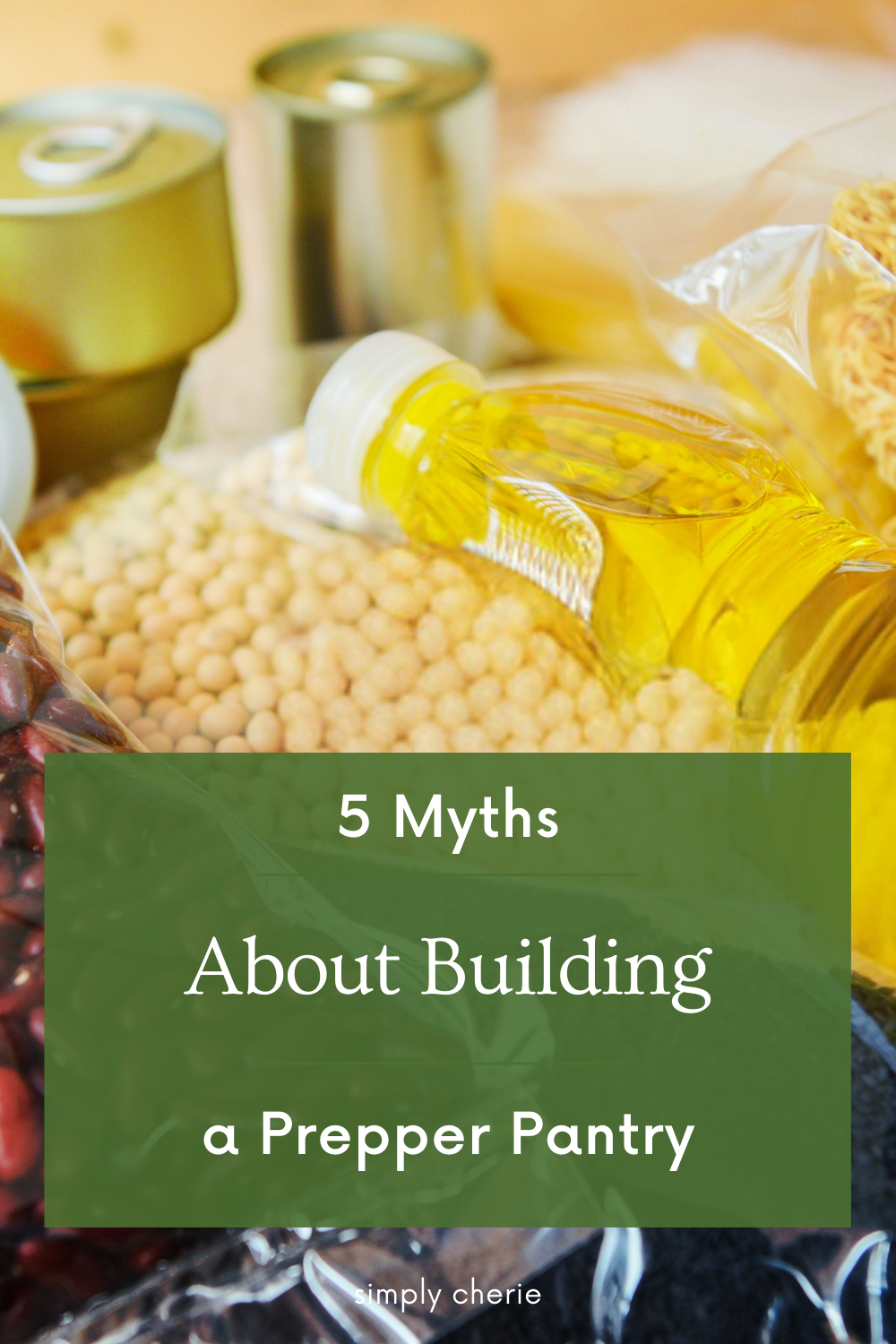
Many people picture endless rows of shelves stacked with food, and assume that’s the only way to be “prepared.” That image can be so intimidating that many never even begin. Others feel discouraged because they don’t live in a house with extra storage space, so they think prepping is only for people with basements or large homes. This myth thrives on unrealistic TV portrayals. In reality, what matters is accessibility, not square footage. Even a tiny home can support a practical pantry if it’s organized well.
🟢 Reality: Most families don’t have basements, and you don’t need one. A small closet, a few shelves in the garage, or even one kitchen cabinet is enough to begin. It’s not about size — it’s about strategy. The smartest pantries maximize the space you already live in, no matter how small it may seem. A well-planned shelf or two can give you the same peace of mind as someone with a full basement setup. The truth is, it’s better to have a small, usable pantry than a massive one you can’t manage well.
Myth #2: You Have to Buy in Bulk Immediately
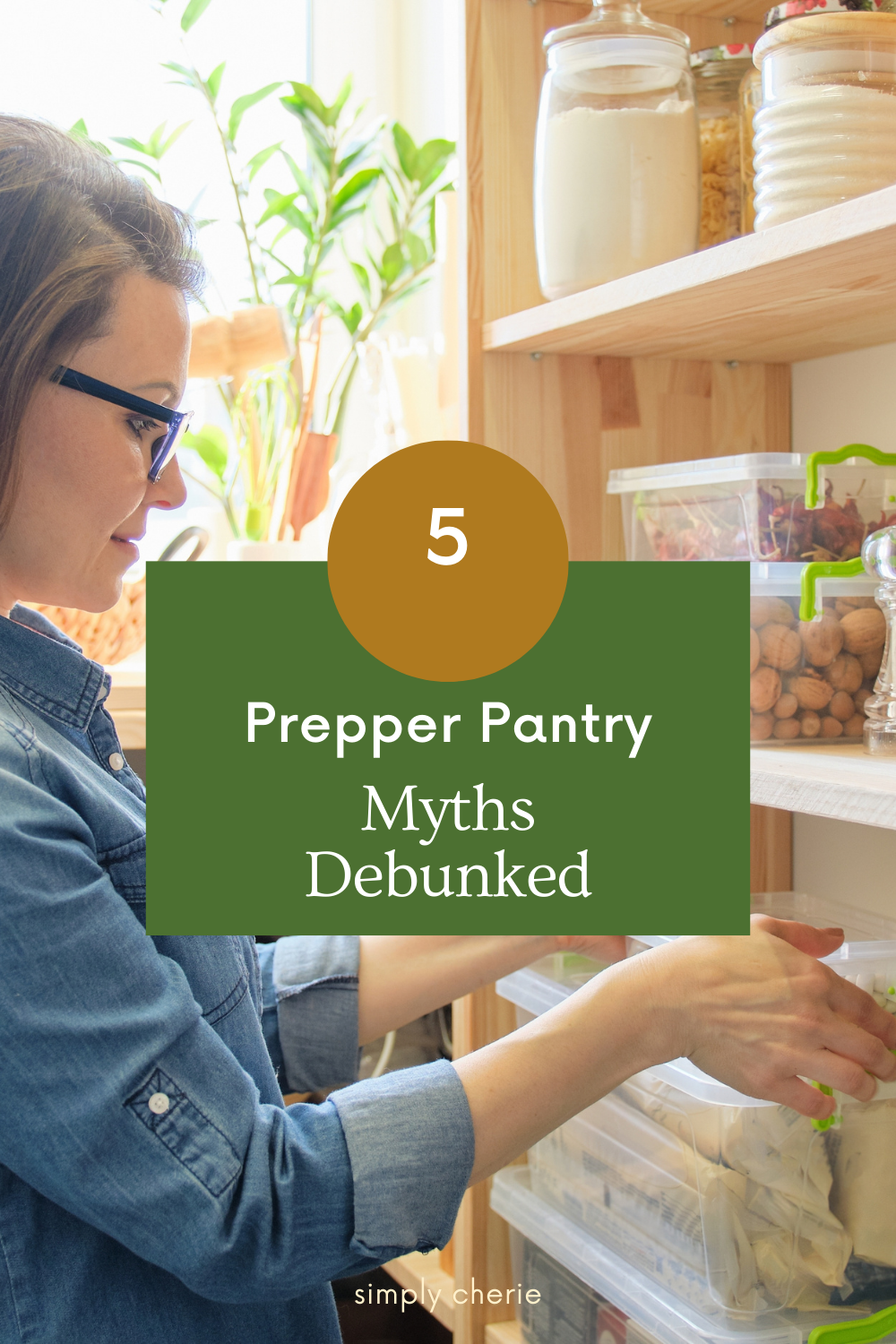
The belief that you need to spend hundreds of dollars in one trip is one of the biggest barriers to getting started. It’s a common reason families avoid starting a pantry at all. The fear of blowing the grocery budget in one shopping trip keeps people stuck in “someday mode.” Some even put off prepping until they “have more money,” which means they never get started. Bulk buying can also lead to waste if you don’t know how to store it properly. And sometimes bulk items aren’t even the foods your family eats regularly.
🟢 Reality: Stocking up all at once can be overwhelming and expensive. A smarter approach is to add one or two extra items to your cart each week. Over time, those little additions turn into a well-stocked pantry without breaking your budget. This slower method gives you time to build smart habits while staying within your means. It’s not about the size of the haul — it’s about steady progress that builds real security. Consistency will always beat one big shopping trip when it comes to building a pantry that lasts.
Myth #3: You Should Store Foods You Don’t Normally Eat
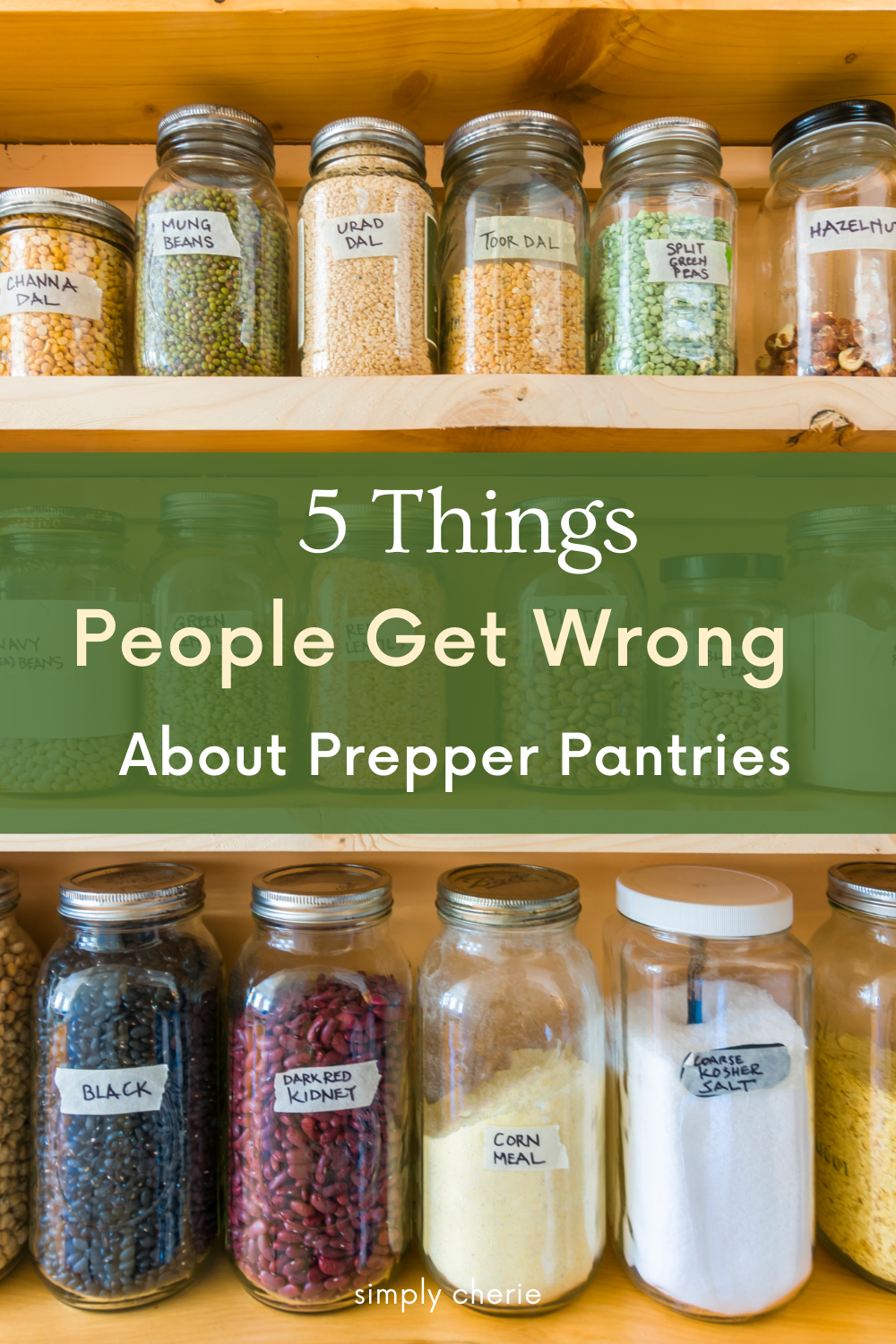
Storing food your family won’t eat is one of the fastest ways to waste money and shelf space. A lot of prepping advice online encourages buying foods like powdered milk, lentils, or freeze-dried meals. While these have their place, they aren’t useful if your family refuses to eat them. The biggest waste is filling shelves with items no one touches, even in an emergency. Buying foods you don’t like creates resentment instead of comfort. It also makes it harder to rotate stock, leading to expired and wasted items. In the end, a pantry full of untouched food isn’t preparation — it’s clutter.
🟢 Reality: If your family doesn’t eat lentils now, they won’t magically start in an emergency. The best pantry is built around what you already cook and enjoy. Store what you eat, and eat what you store. That way, every meal feels familiar and nourishing when you need it most. A pantry filled with family favorites is the kind you’ll actually use and maintain. The most effective prepper pantries look a lot like an everyday kitchen — just more intentional.
Myth #4: It’s All About Cans and Dry Goods
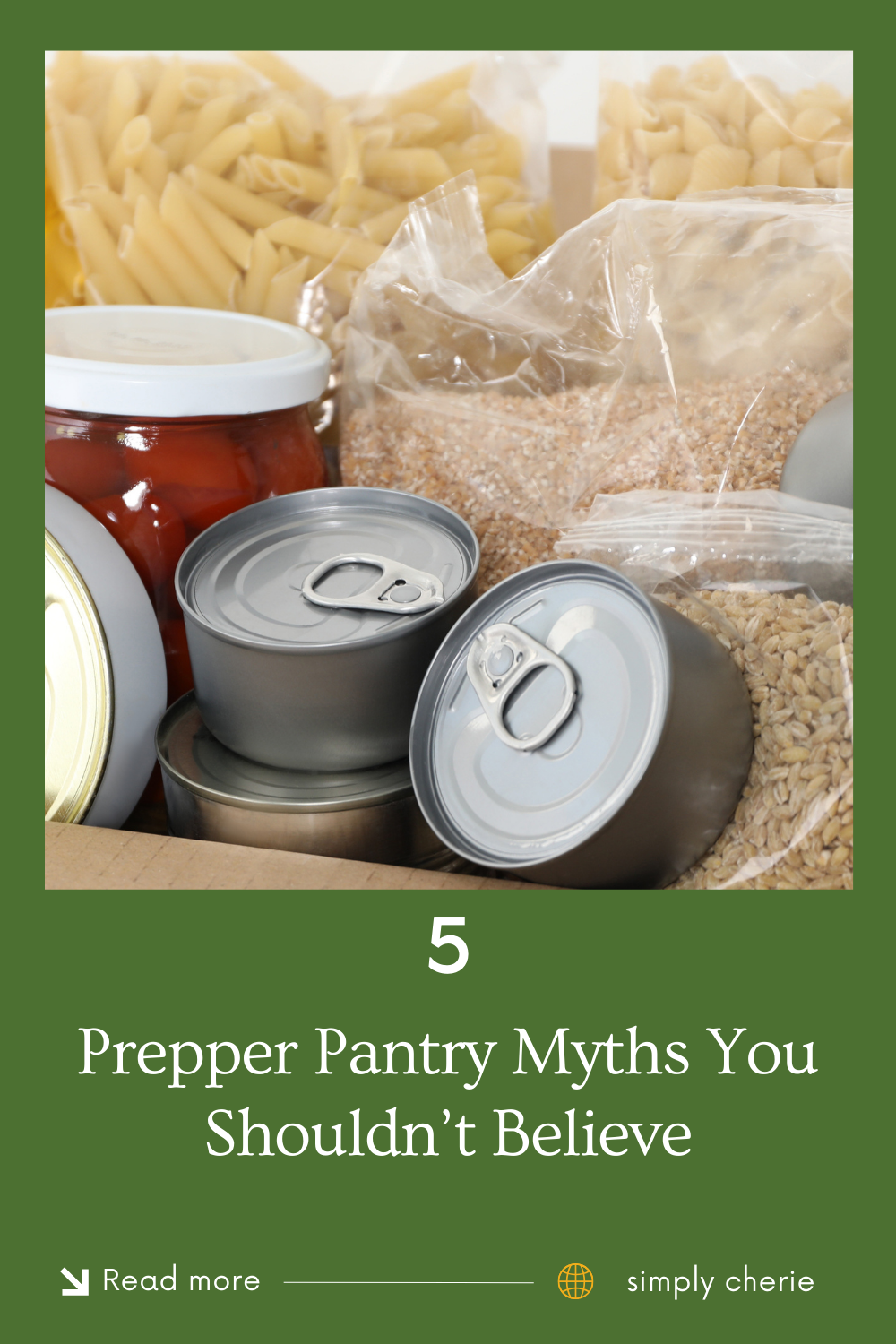
Thinking a prepper pantry is “just cans and rice” makes it feel boring and impractical. People often think a prepper pantry is nothing but canned soup, beans, and rice. While those are important, relying only on them can leave you with a pantry that feels bland and unappealing. Food fatigue is real — eating the same thing day after day lowers morale, especially during stressful times. This narrow view also makes prepping feel boring and restrictive. Families are much more likely to stick with a pantry that includes comfort and variety. A good pantry is about balance, not monotony.
🟢 Reality: Yes, shelf-stable food is key, but a good pantry includes variety. Think proteins, grains, vegetables, comfort items, and seasonings. A balanced pantry means you’ll have meals you actually want to eat — not just random ingredients. Even small additions like spices or baking ingredients can transform bland food into something enjoyable. Adding familiar flavors ensures your pantry feels like a blessing, not a burden. The more your pantry mirrors your everyday cooking, the more useful and comforting it becomes.
Myth #5: It’s Only for “Doomsday” Situations
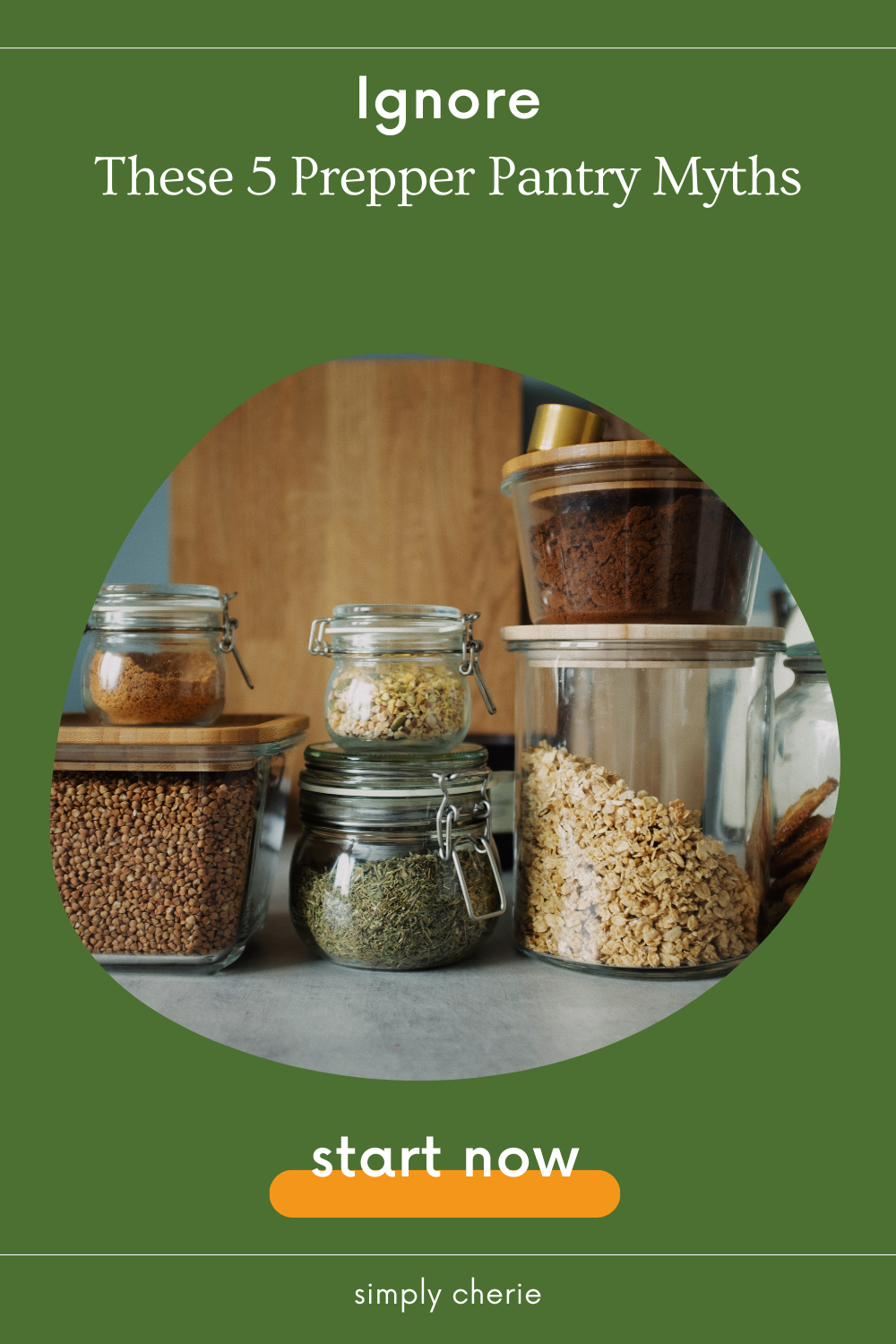
The idea that pantries are only for survivalists makes everyday families dismiss prepping altogether. TV shows and headlines often make prepping look extreme, which turns people away. Some think you’re only “a prepper” if you’re preparing for the end of the world. That label can feel embarrassing or even silly, so many people skip it altogether. The truth is, prepping is really about everyday resilience. Whether it’s a storm, a power outage, or a tight paycheck, life is full of small disruptions. You don’t need to be a survivalist to benefit from being prepared.
🟢 Reality: A prepper pantry is just as useful for everyday hiccups as it is for emergencies. From busy weeks when you can’t get to the store, to unexpected bills that cut into your grocery budget, a pantry gives you freedom and peace of mind. It also provides a cushion during bigger disruptions, like job loss or natural disasters. It’s not about extremes — it’s about creating peace of mind for your family. Preparedness is really just about making life smoother when the unexpected happens. The best part? You don’t have to wait for a crisis to experience the benefits — they show up in daily life.
What to Do Instead
Here’s the good news: building a prepper pantry doesn’t have to feel overwhelming or extreme. Once you see past the myths, it becomes a steady, everyday habit that gives you confidence instead of stress.
The goal isn’t perfection or a giant stockpile — it’s creating a pantry that fits your home, your budget, and your family’s lifestyle.
- Start small and stay consistent.
- Focus on foods your family loves.
- Add variety and balance.
- Rotate items so nothing goes to waste.
These simple shifts help you create a pantry that truly supports your family — without buying into the myths.

🟡 And if you’d like a day-by-day plan that keeps it simple, my 30-Day Prepper Pantry Starter breaks it down into manageable steps so you can build with confidence.
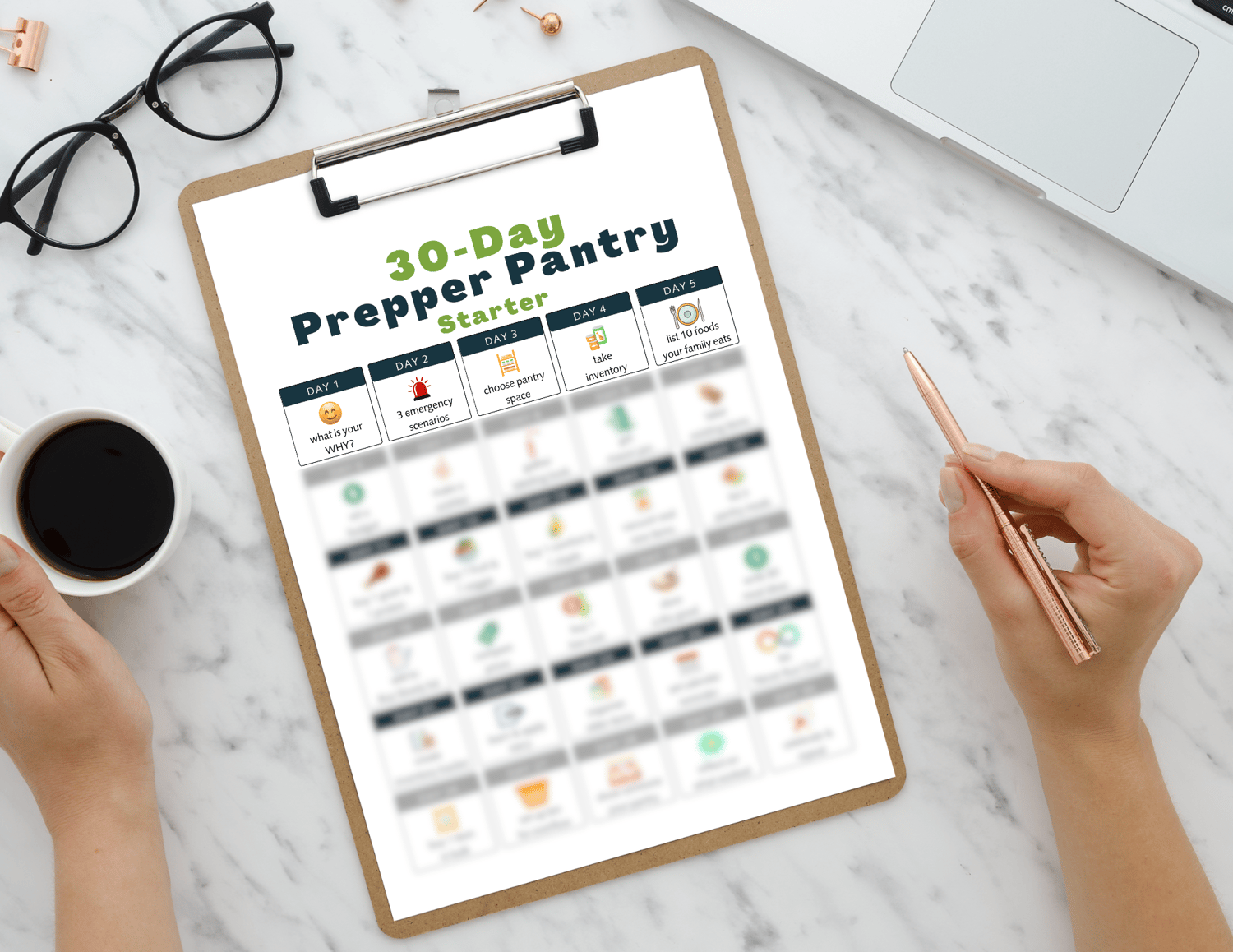
✨ A pantry isn’t about fear. It’s about peace, preparation, and taking care of your family — one smart step at a time.
You may also enjoy these:
- What’s Inside My Long-Term Prepper Pantry
- 5 Smart Strategies to Start a Prepper Pantry That Actually Works for Your Family
This post may contain affiliate links, which means I may earn a commission if you purchase through them (at no extra cost to you!) Portions of this content may be generated by AI.


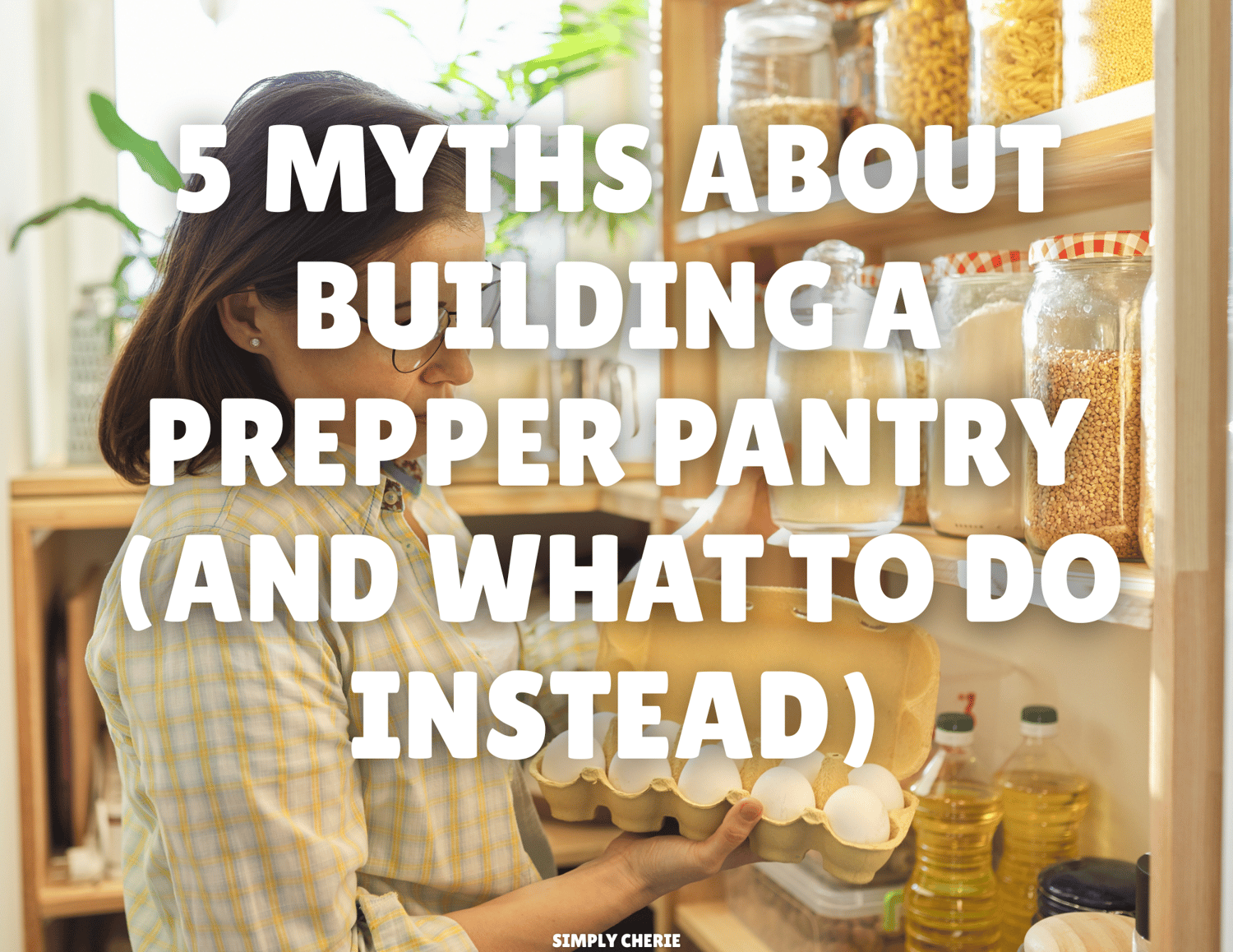
Comments ()